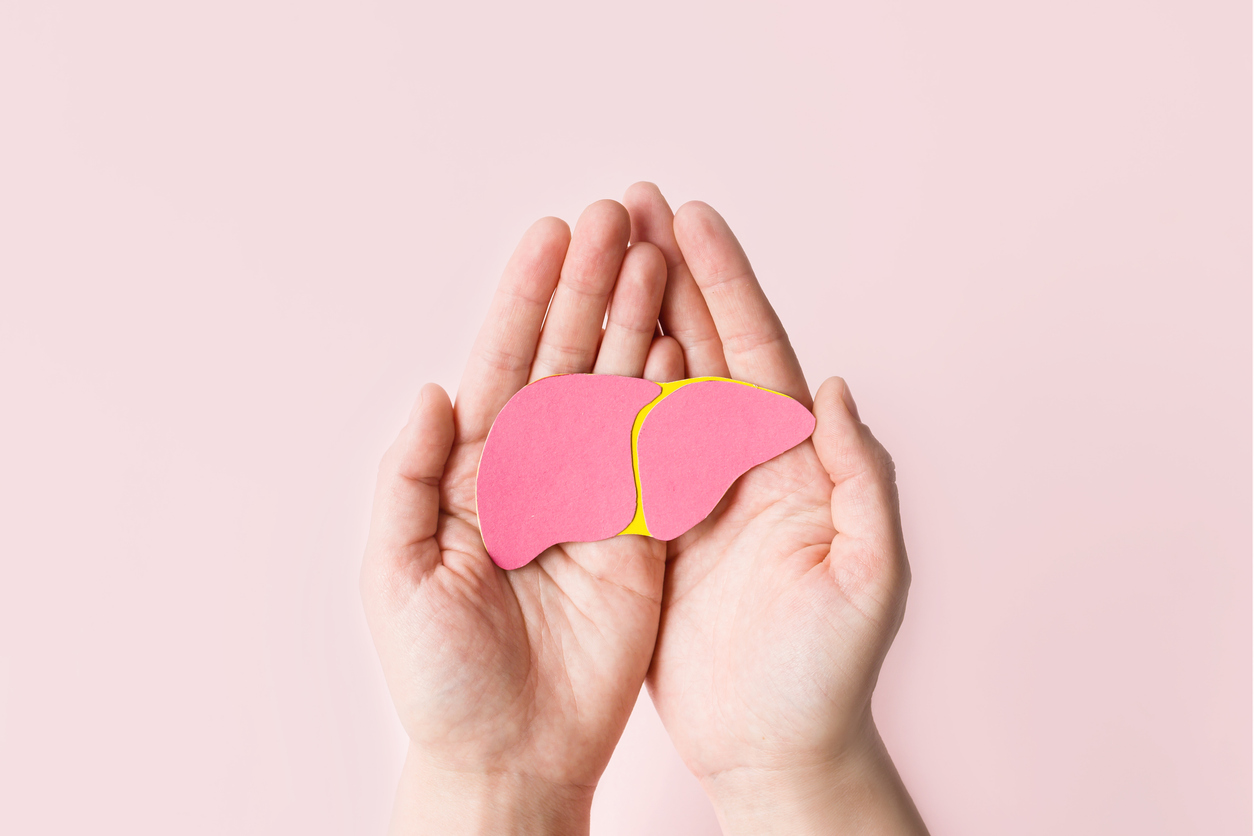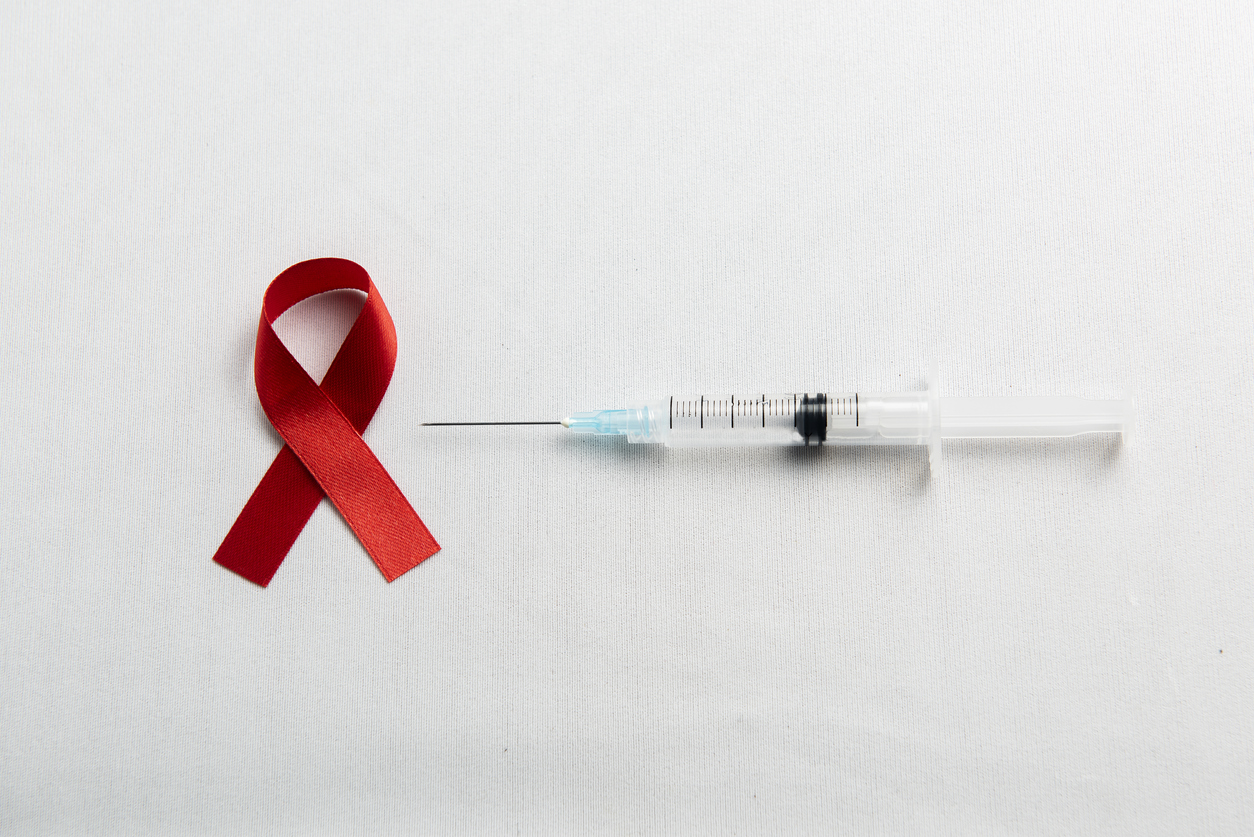2025-06-24
Porcine liver and human patient: an unprecedented and functional alliance
Surgery
The global shortage of organs hinders access to life-saving transplants, particularly for end-stage liver diseases. In a major medical breakthrough, a team of researchers from Xijing Hospital (China) performed a heterotopic auxiliary xenogeneic liver transplantation by implanting a genetically modified pig liver into a brain-dead human patient.
The objective was to assess the short-term viability, cross-species immune tolerance, and functional capacity of a porcine liver in a human. The graft remained functional for 10 days, demonstrating its potential as a temporary treatment for patients with acute liver failure.
A donor pig engineered to avoid rejection
The graft came from a miniature Bama pig, genetically engineered with six targeted modifications: deletion of genes responsible for hyperacute rejection (GGTA1, CMAH, B4GALNT2), and addition of three human genes (CD46, CD55, thrombomodulin) that promote graft tolerance. These modifications were confirmed via flow cytometry, Western blot, and immunohistochemistry. The patient, with no known comorbidities, showed no trace of porcine endogenous viruses (PERV, PCMV). Additionally, preoperative IgG and IgM antibody levels were low, reducing the risk of immediate rejection.
Auxiliary transplant: a bold surgical gamble
Surgeons opted for a heterotopic auxiliary approach, placing the porcine liver outside the native hepatic system. Anastomosis of the pig’s inferior vena cava (IVC) and portal vein to the recipient's vascular system, along with external bile drainage, enabled stable graft function without impairing the native human liver. This technique offers the advantage of reversibility, making it ideal as a bridging solution while awaiting a human transplant.
Read next: One Step Closer to Pig-to-Human Xenotransplantation
A pig liver that produces bile and albumin
The xenotransplanted liver began producing golden bile within two hours of reperfusion, reaching 66.5 mL by day 10. Porcine albumin, measured via ELISA assay, progressively increased. Liver enzymes remained stable: alanine aminotransferase (ALT) was within normal range, while aspartate aminotransferase (AST) showed a transient rise. No sustained bilirubin elevation was noted in the graft, although mild intrahepatic cholestasis was observed in the native liver on day 10.
Hemodynamic stability and controlled coagulation
Doppler ultrasound showed adequate blood flow in the graft’s arteries and veins, with velocities consistent with effective perfusion. Coagulation function was closely monitored: there was a slight drop in platelets and prolongation of APTT early on, both of which resolved by the end of the study. The human thrombomodulin expressed in the graft may explain this effective regulation. No leg edema was observed, indicating preserved venous return.
Tissue regeneration without immune rejection
Histological analysis revealed no signs of rejection in the pig liver. Mild sinusoidal congestion was observed perioperatively, without signs of chronic inflammation. By day 10, tissue regeneration markers were significantly increased:
- Ki67, a marker of hepatocyte proliferation, was 2.5 times higher than on day 0;
- CD31, a marker of sinusoidal endothelial cell repopulation, showed a 60% increase;
- α-SMA, indicating stellate cell activation, was reduced by 50%.
Electron microscopy confirmed the structural integrity of the porcine liver cells, with no viral particles detected and intact microcirculation in the sinusoids, including well-defined fenestrations in endothelial cells.
Read next: Transplantation and Cancer: A Life-Saving Duo?
Controlled immune response: effective T and B cell suppression
The immunosuppressive protocol included tacrolimus, mycophenolate mofetil, methylprednisolone, and targeted agents (etanercept, rituximab). T cells were inhibited by over 70% within the first 48 hours; B-cell activity was effectively suppressed by rituximab, with a >60% reduction by day 5.
Pro-inflammatory cytokines remained low (IL-6 < 100 pg/mL, TNF < 500 fmol/mL, IFNγ < 20 pg/mL). IgG/IgM deposits in the graft were moderate, with no significant activation of the complement system (C3d, C4d, C5b-9), indicating a well-controlled immune response.
Toward a temporary bridging transplant?
This study demonstrates that a genetically modified pig liver can survive and function in a human, at least short-term, without hyperacute rejection. The auxiliary transplant model shows promise as a temporary solution for patients awaiting a human liver transplant. However, the bile and albumin volumes produced remain insufficient for long-term support. The study ended on day 10 at the family's request, limiting long-term evaluation. Results call for further research into orthotopic transplants and development of longer-lasting xenografts.
Read next: Alcohol and Metabolism: A Deadly Duo for Your Liver!
Source(s) :
Tao KS, et al. Gene-modified pig-to-human liver xenotransplantation. Nature. 2025;641:1029–1036. ;

Last press reviews
Twice-yearly injections to change the game?

By Ana Espino | Published on December 3rd, 2025 | 3 min read
HIV & young people: what if we changed the rules?

By Ana Espino | Published on December 2nd, 2025 | 2 min read
